May 21, 2025 | 08:34 GMT +7
May 21, 2025 | 08:34 GMT +7
Hotline: 0913.378.918
May 21, 2025 | 08:34 GMT +7
Hotline: 0913.378.918
On November 9, the Thanh Hoa Government held a Conference on connecting the supply and demands of safe agriculture, and food products of Thanh Hoa province in 2023. The program takes place in 5 days from November 9-13, at Lam Son Square, Thanh Hoa City, with a scale of 200 booths of organizations, enterprises, and localities of and out of the province.
Booths of localities gather several typical and special products to introduce to partners, and consumers, and take opportunities to market their potential and strength in agriculture and food production.
At the conference, Le Duc Giang, Deputy Mayor of the Provincial People's Committee of Thanh Hoa stated that this was an annual activity since 2014 and was a significant event aiming to promote the connection of safe agriculture and food production facilities to consumption units in and out of the province. It also helps form supply-demand chains of safe agriculture and food products, increasing agricultural production efficiency and agricultural branding of the province. This is also an opportunity to introduce and market the picture of Thanh Hoa province, and its achievements in agricultural development over the past years.
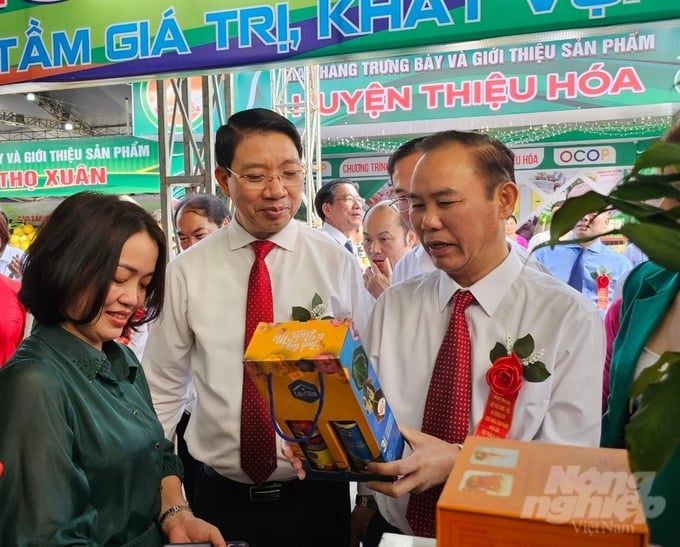
Deputy Minister Phung Duc Tien (right) visits agricultural booths at the exhibition.
"Agriculture and food supply-demand connection remain a great contribution to agricultural product consumption, a special bridge to promote the development of sustainable agriculture, increasing value, creating positive transformation in production restructure, efficiency of the sector movement and increasing income, improving livelihoods of people.
In 2023, the agricultural production in Thanh Hoa province continues to maintain fairly strong growth. The agricultural sector continues to contribute to the overall economic growth and development of the province. By the end of September 2023, the entire province has 414 OCOP (One Commune One Product) products, ranking consistently in the top 3 nationwide, including one 5-star product, 56 4-star products, and 357 3-star products.
State departments, local authorities, and businesses have effectively played their roles in advising and implementing policies to promote the link between agricultural production and consumption, building supply and demand chains for agricultural products, developing markets, and promoting the province's agricultural products.
Models of safe food supply chains have been established, expanded, and achieved growth in three criteria: the number of chains, the number of controlled products in the chain, and the number of safe food retail stores.
In 2023, the entire province established 112 safe food supply chains, providing over 571 thousand tons of food for predominantly local consumption. There are 338 markets meeting the standards for food retail businesses, 19 supermarkets, and 122 safe food retail stores in communes, towns, and densely populated areas as part of a pilot project for safe food.
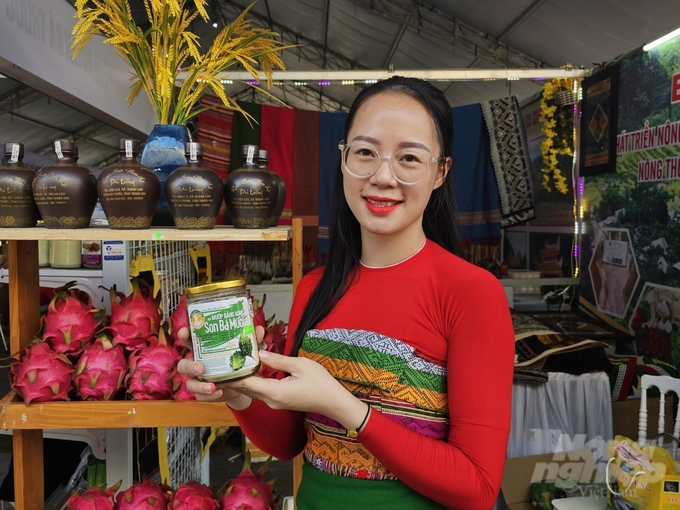
Agricultural products of Ba Thuoc district participate in the agricultural exhibition.
So far, Thanh Hoa's agricultural and OCOP products have been connected to more than 30 provinces and cities. The province has over 340 businesses, cooperative groups, and units participating in the promotion and sale of products on e-commerce platforms, with more than 500 products. The sales through e-commerce platforms constitute 25-30% of the total sales for these entities. Additionally, there are 36 businesses in the province that export various agricultural products, primarily including cassava starch, canned cucumbers, canned pineapples, fish powder, frozen clams, surimi fish paste, etc.
Despite the mentioned achievements, there are still several limitations in the province's agricultural production. The sector remains fragmented, with small-scale and scattered production, and there is limited branding and geographical indication for agricultural and food products. Marketing and distribution of the province's agricultural products still face various difficulties.
According to a report from the Thanh Hoa Provincial People's Committee, currently, only about 30% of the products are distributed through value chain linkages, while the rest are mainly distributed through traditional markets, stores, and small-scale retail points. Producers are still passive in production, lack market information, and are not closely connected with value chain businesses, leading to the problem of seasonal oversupply and price drops.
After visiting the booths at the exhibition, Deputy Minister of Agriculture and Rural Development, Phung Duc Tien, praised the contribution of Thanh Hoa province's agricultural products to the development of domestic industries and meeting export demand. The Deputy Minister also expressed his impression of the quality and variety of agricultural products from Thanh Hoa and other participating regions at the exhibition. He hopes that the agricultural production models in general and agricultural products in Thanh Hoa, in particular, can become a model for other provinces in the region and the country to learn from.

Deputy Minister Phung Duc Tien spoke at the Conference connecting supply and demand for safe agricultural and food products in Thanh Hoa province in 2023.
Assessing the transformation of Thanh Hoa's agricultural sector in recent times, Deputy Minister Phung Duc Tien stated: "The achievements in the agricultural sector in recent times have been significantly contributed by Thanh Hoa province. Vietnamese agricultural products have reached 200 countries and territories, including many agricultural products from Thanh Hoa.
The agricultural sector in Thanh Hoa is transitioning from small-scale, subsistence agriculture to commercial and value-added agriculture. Thanh Hoa has built a diverse agricultural ecosystem with a variety of crops and livestock products. Thanh Hoa is also one of the few pioneering provinces that have achieved positive results in building a modern rural area and civilized farmers nationwide."
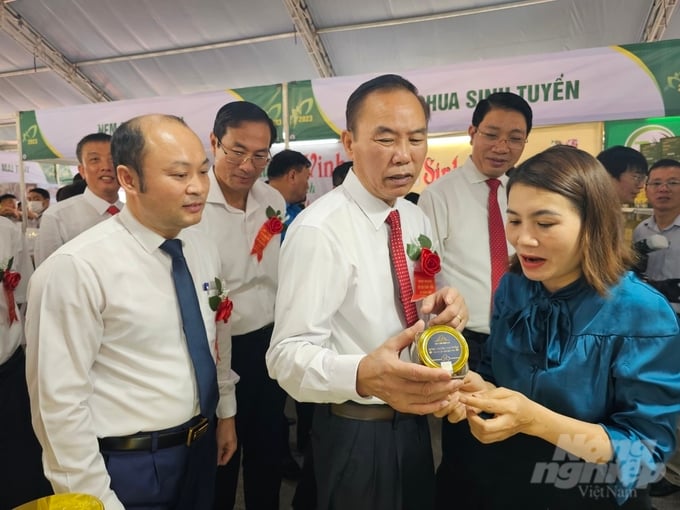
Deputy Minister Phung Duc Tien hopes that Thanh Hoa agricultural products will become typical for the whole country.
Deputy Minister Phung Duc Tien suggested that in the coming period, Thanh Hoa province should allocate resources to promote agricultural production linked with deep processing industries and market consumption. It should also strengthen food safety inspection and control for agricultural, forestry, and aquatic products. Promote legal regulations and strictly address any violations in production and business facilities. Conduct a comprehensive review of food production facilities and organize centralized production for key local products.
Develop the agricultural market in the new context, focusing on producing safe and diverse agricultural products within value chains that align with market requirements and demands. Implement the agricultural and sustainable rural development strategy for the period 2021-2030 with a vision towards 2050, which has been approved by the Prime Minister.
Translated by Linh Linh
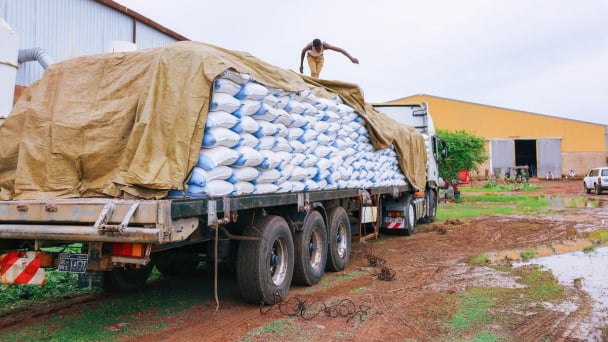
(VAN) In 2024, over 295 million people across 53 countries and territories faced acute hunger—an increase of almost 14 million people compared to 2023, while the number of people facing catastrophic levels of hunger reached a record high.
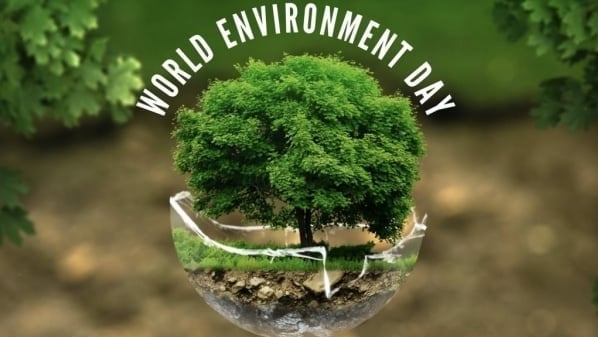
(VAN) World Environment Day 2025 (June 5) carries the theme 'Beat Plastic Pollution' continuing to emphasize the global urgency of addressing the plastic waste crisis.
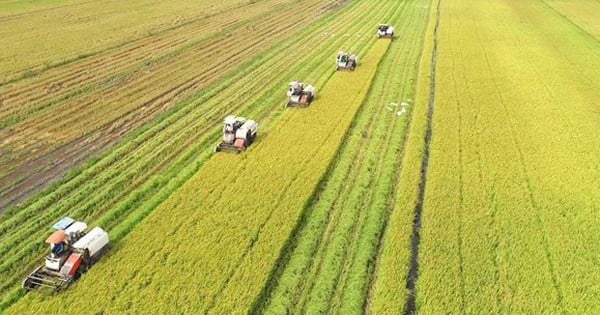
(VAN) This was the assessment shared by experts at the workshop titled 'Assessing the Role and Potential of Low-Emission Rice Production Systems in Vietnam,' held on the morning of May 19.

(VAN) Cai Rong Port is the fisheries control center of Quang Ninh, helping to monitor fishing vessels, combat IUU fishing, and remove the EC's 'yellow card'.
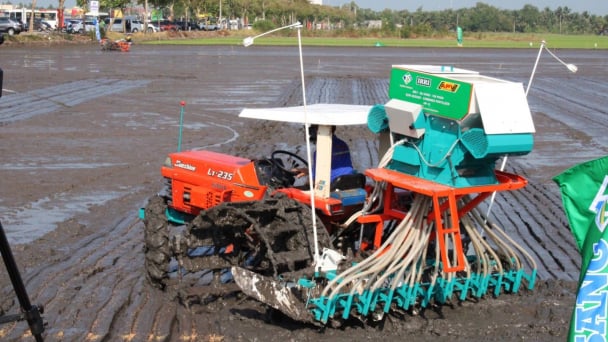
(VAN) The German Agricultural Society (DLG) explores the possibility of establishing a mechanization service center in Vietnam’s Mekong Delta to support farmers in accessing and utilizing advanced machinery.
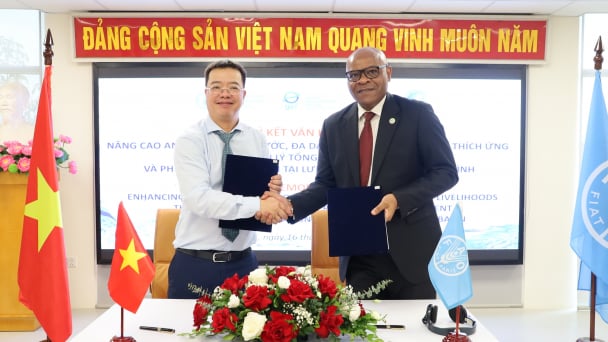
(VAN) On May 16, the Department of Water Resources Management, in collaboration with the Food and Agriculture Organization of the United Nations (FAO), held a signing ceremony for the GEF-8 project document.

(VAN) Food safety, mechanization, vocational training, and market opening are key areas of cooperation expected between the Vietnamese Government and the Federal Republic of Germany.